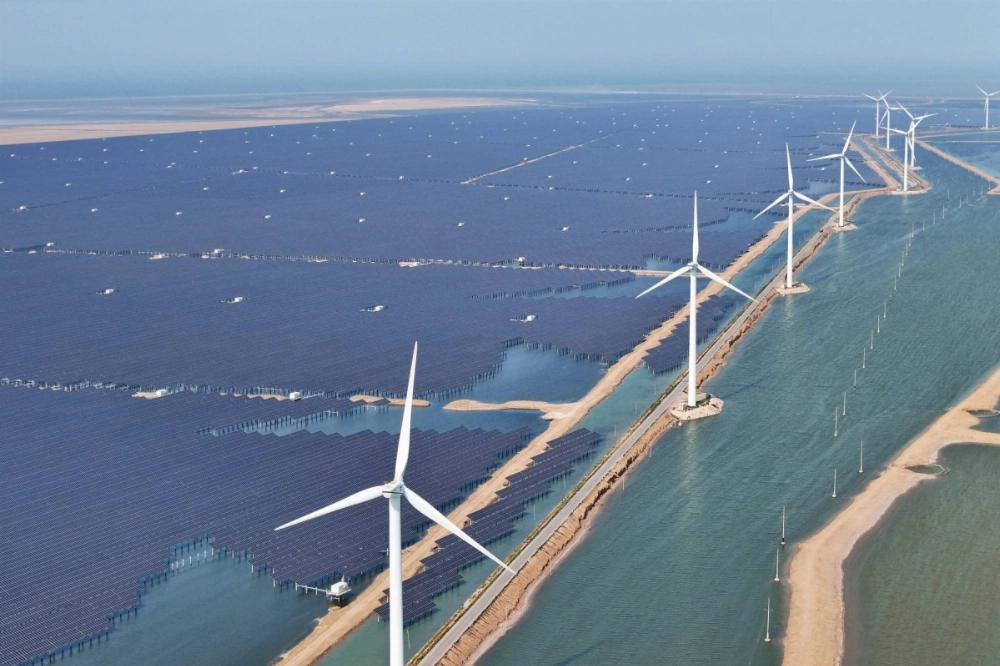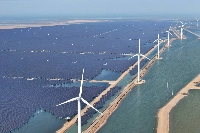China’s vast clean-energy industry has spearheaded a solar-power boom in the BRICS grouping of emerging economies, with the bloc accounting for more than half of global generation last year, a new report says.
Most countries in BRICS, which includes Brazil, Russia, India, China and South Africa, remain major fossil fuel producers, but the group together produced 51% of the world’s solar energy in 2024 — up from 15% a decade earlier, energy research firm Ember said in the report.
China accounted for the lion’s share, and alone produced 39%, but India made up 6.3% and Brazil totaled 3.5%.
The bloc has grown into a political forum to rival the G7 and others. Iran, Egypt, Ethiopia, the United Arab Emirates and Indonesia are now members, with several partner states. (Saudi Arabia has been invited, but has yet to make a final decision.)
China, India and Brazil have emerged as clean energy powerhouses, each claiming a top-five rank globally in solar generation last year, according to Ember. And that growth is continuing. China’s solar output increased 42% over the first four months of the year, while India and Brazil both notched up rises of more than 30%.
China is also making the most of the combination between its technological expertise and tighter ties with the group, exporting $9.4 billion worth of solar cells and panels to other BRICS members since the start of 2024, according to BloombergNEF data.
Still, clean-energy leadership from founding members isn’t trickling down to everyone, even with China’s overseas investment clout. Indonesia and newest partner countries including Kazakhstan, Nigeria and Malaysia are currently building 25 gigawatts of new fossil fuel capacity, compared to only 10 gigawatts of clean power, researchers at Global Energy Monitor said in a report in April.
More than 60% of that total under construction involved Chinese companies, as either developers or financiers.



















With your current subscription plan you can comment on stories. However, before writing your first comment, please create a display name in the Profile section of your subscriber account page.